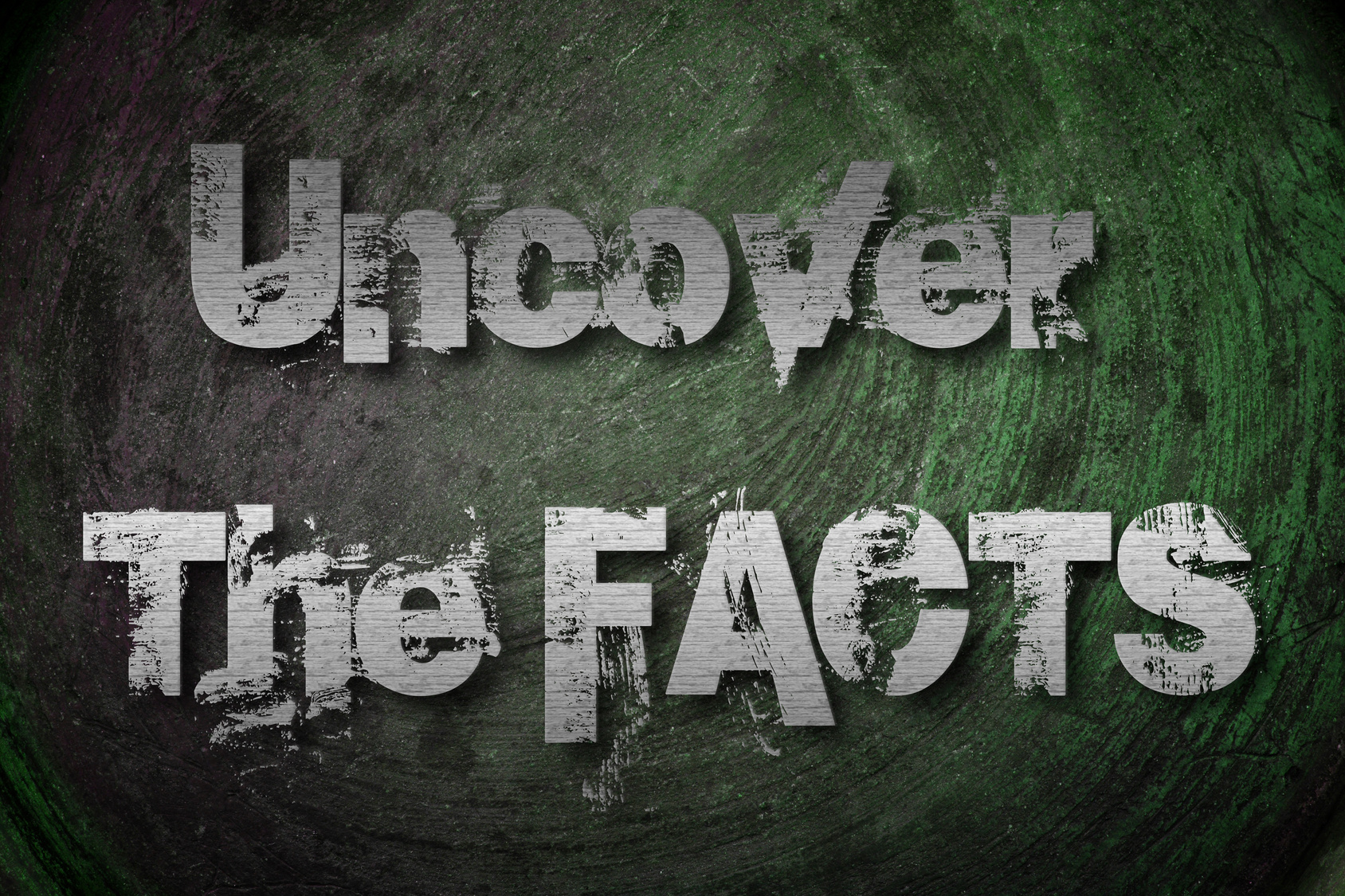There’s a war raging right now between media, medical scientists, and the everyday man about whether or not pornoraphy is a healthy sexual outlet, or a destructive, addictive pariah. Some scientists are saying that the problem is all in our heads, but thousands upon thousands of men who are suffering from pornography induced erectile dysfunction (PIED) and other problems are saying that they can’t quit looking at it on their own and that it’s ruining their life.
Despite what a large portion of the media, and even some medical experts would have you believe, pornography addiction is a real thing and there is help available. Debunking some of the common pornography myths can give addicts hope and provide much-needed access to help.
Myth #1: Pornography is Not Addictive
The evidence that pornography is addictive is continually mounting. Pornography addiction carries the same elements of other types of addiction, such as:
- The rate and duration increase over time.
- It can be used as a form of self-medication during times of stress or depression.
- Cravings and withdrawals spurn continued use.
- It causes a disassociated, disconnected state in users.
- Denial and relationship trauma are common factors.
Another part of this common misconception is the idea that pornography addiction is somehow less serious than other types of addiction. While pornography addiction may not have the same physical side effects as other types of addiction, the psychological and emotional side effects are comparable and just as dangerous as with other types of addiction.
Myth #2: “Rebooting” Will Fix the Problem
Many experts who are giving advice about PIED suggest that a 4-8 week break from pornography will reboot your system and alleviate the erectile dysfunction. They suggest that after this time you can return to a “healthy” level of pornography use. When viewing pornography dependence as an addiction, it’s easy to see why this pattern of use will never promote health and happiness. You’ll soon find yourself back in the same rut and probably worse off than the time before. Pornography addiction actually changes the chemistry of the brain, and any return to it after recovery will send you spiraling back into addiction. The only solution is complete abstinence and a new, permanent life pattern for recovery.
Myth #3: Pornography Addiction is a Religious Issue
Many experts say that pornography addiction is an issue that only affects religious people, or those who have a moral issue with viewing pornography. They argue that the only problem with viewing pornogrphy is that it is morally “wrong,” and that this problem doesn’t exist outside of religious circles. The high instance of PIED and other psychological problems associated with extreme pornography use make it clear that this problem can affect everyone, even those whose moral conscience allow for pornography use.
Myth #4: Pornography Addiction Only Affects Men
About 10% of pornography addicts are women, and about 20% of sex addicts in general are women. These numbers are rising as pornography becomes more prevalent in our society. Even in the majority of cases where the porn addict is a man, the entire family is affected by this disease. As with other forms of addiction, pornography addiction harms everyone it touches, including the loved ones of the addict. Relationships fall apart under the weight of this addiction and group family therapy is often needed to provide total healing.









